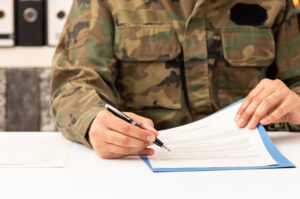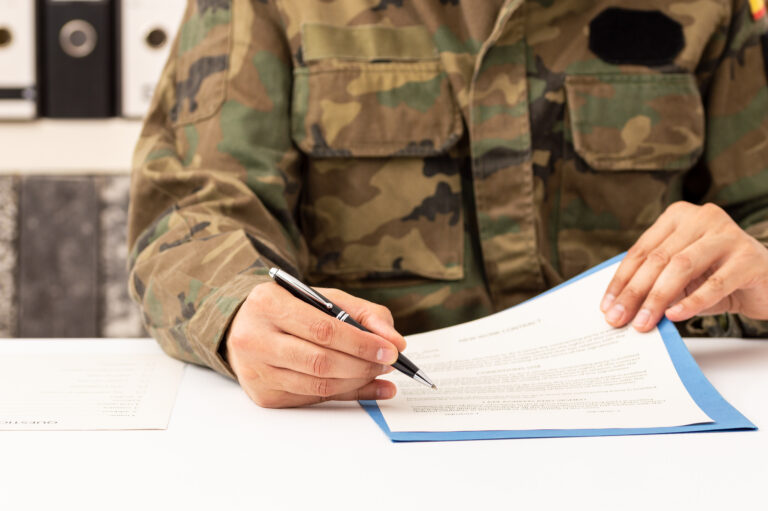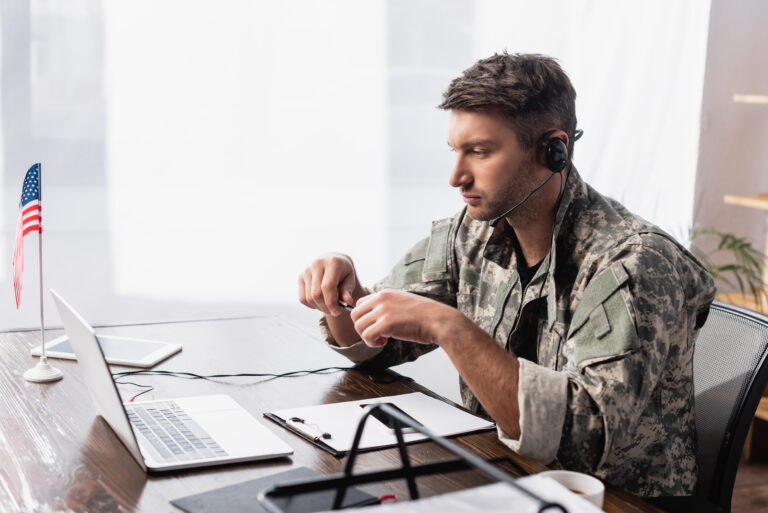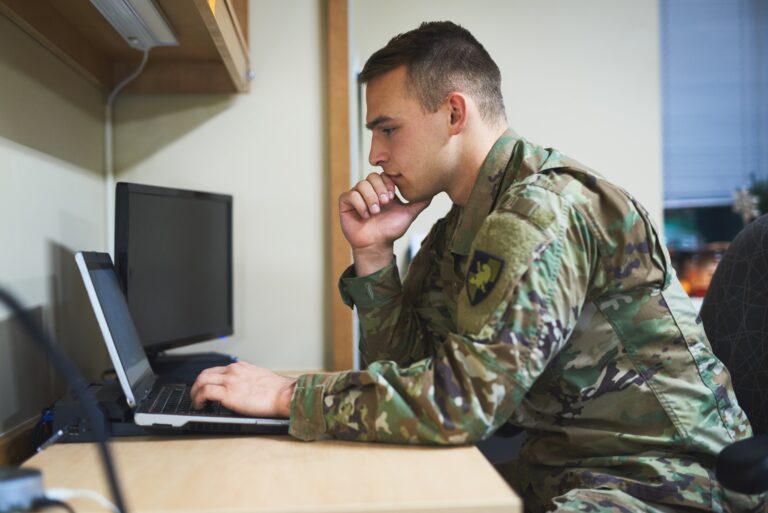Accessing Military Bases with a CAC Card
A Common Access Card (CAC) serves as a standard identification for active-duty military personnel, Reserve members, National Guard, Department of Defense (DoD) civilians, and eligible contractors. Familiarizing yourself with the process and policies can ease your entry into military installations.
Understanding the CAC Card
The CAC card contains a microchip that securely stores your personal information. It includes your photo, rank, service branch, and other relevant details. It’s a crucial document not just for identification but also for accessing certain digital systems and facilities.
Eligibility and Issuance
To receive a CAC card, one must be either active-duty military personnel, a reservist, a member of the National Guard, a DoD civilian, or an authorized contractor. The card is issued following a strict identity verification process, ensuring the cardholder’s credentials and authorizations are accurate.
Obtaining a CAC Card
Visit a Real-Time Automated Personnel Identification System (RAPIDS) site to obtain a CAC card. Schedule an appointment beforehand to avoid long wait times. Bring required identification documents such as a passport, birth certificate, or a driver’s license.
During the appointment, RAPIDS staff will verify your eligibility, take your photograph, and input your data into the system. You’ll undergo a fingerprinting process. Once complete, the CAC card is issued immediately or within a few days.
Using a CAC Card to Access Military Bases
To access a military base, present your CAC card at the security checkpoint. Security personnel will verify your identity by scanning the card. Ensure the card is easily accessible to avoid delays.
The CAC card also grants access to certain restricted areas within the base. Permissions vary based on your role and security clearance. For digital entry points, you may need to insert your CAC card into a card reader to gain access.
Physical Entry Protocols
- Always have your CAC card available.
- Follow instructions from security personnel.
- Be prepared to show additional identification if requested.
- Avoid using expired or damaged CAC cards, as they may be confiscated.
Digital Access
The CAC card offers digital access to secure communications networks and systems. Insert the card into a reader, and input your PIN. This functionality is vital for tasks like accessing DoD websites, signing documents, and sending secure emails.
Responsibilities and Security
It’s crucial to maintain the security of your CAC card. Do not share it with others. Report a lost or stolen card immediately to your issuing office. Update the card when personal information, such as rank or job location, changes.
Regular Updates
Your CAC card must be updated periodically, typically every three years. Reissues may occur sooner if there are significant changes to your personal data.
Restrictions and Special Considerations
While the CAC card offers broad access, there are restrictions. Certain areas may require additional clearances. Temporary visitors might need temporary passes despite having a CAC card.
Temporary Access
For temporary access, visitors need to provide identification and be sponsored by a person with a valid CAC card. This process includes background checks and proper vetting before granting temporary entry.
Emergency Situations
In emergency situations, procedures might change. Follow directives from base security and emergency personnel. Ensure you’re aware of base-specific emergency protocols.
Compliance with Regulations
Adhering to military regulations regarding the use and presentation of the CAC card is mandatory. Violations can result in revoked access or disciplinary actions.
The guidelines for access and security are consistently updated to address emerging threats and ensure the safety of all personnel on the base. Staying informed about these updates is a part of responsibly holding a CAC card.
Conclusion
Understanding the use and significance of the CAC card enhances your ability to move seamlessly within military bases. It ensures that security and operational protocols are maintained effectively.
“`






